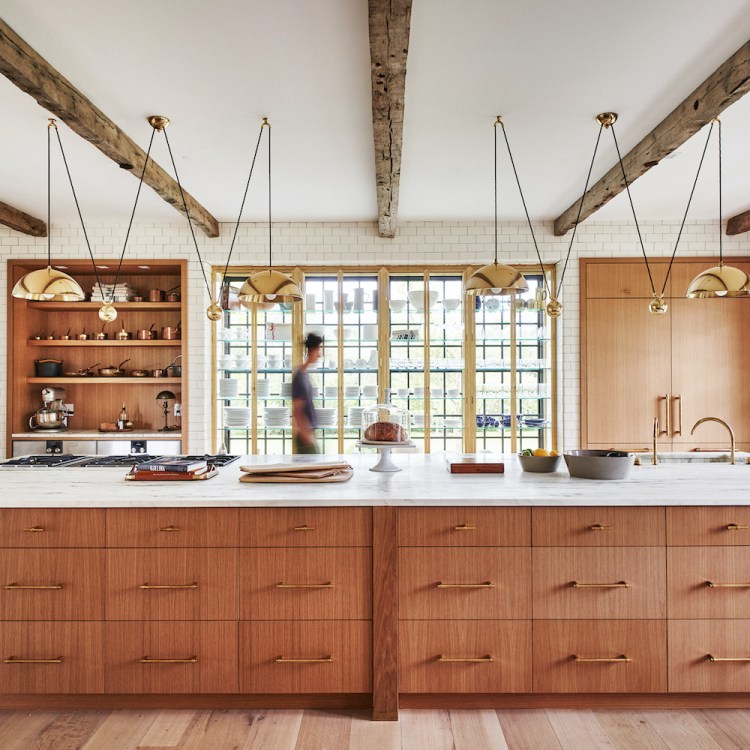During World War II, Hitler had a plan to build an impenetrable wall — the Atlantic Wall — against his enemies. It would stretch from the Spanish border in France to the northern tip of Norway. So while the Nazis occupied Denmark, they built about 200 concrete bunkers along the Danish coast. The largest of them all was the Tirpitz Bunker, located in Blåvand, which measured 7,500 square feet, reports Business Insider. It was named after a German battleship and was built to defend the seaport city of Esbjerg near Blåvand.
The bunker was designed to house two towers containing two 111-ton naval guns each, writes Business Insider. But the bunker itself never saw any military action and was abandoned during construction in 1945.
Since then, it has been empty, “a dark reminder of Nazi-occupied Denmark.”
But architecture firm Bjarke Ingels Group (BIG) changed all that. They transformed the building into the Blåvand Bunker Museum, which opened in June. The bunker — which has a bit more of a modern feel with lighting along the ceiling edges — now teaches visitors about the history of WWII and the Danish West Coast. The industrial architecture of the building was preserved. The museum hopes to be a “gentle counterbalance to the bunker’s grim heritage,” writes CNN.
BIG hopes to attract around 100,000 annual visitors. Take a look at some of the pictures below.
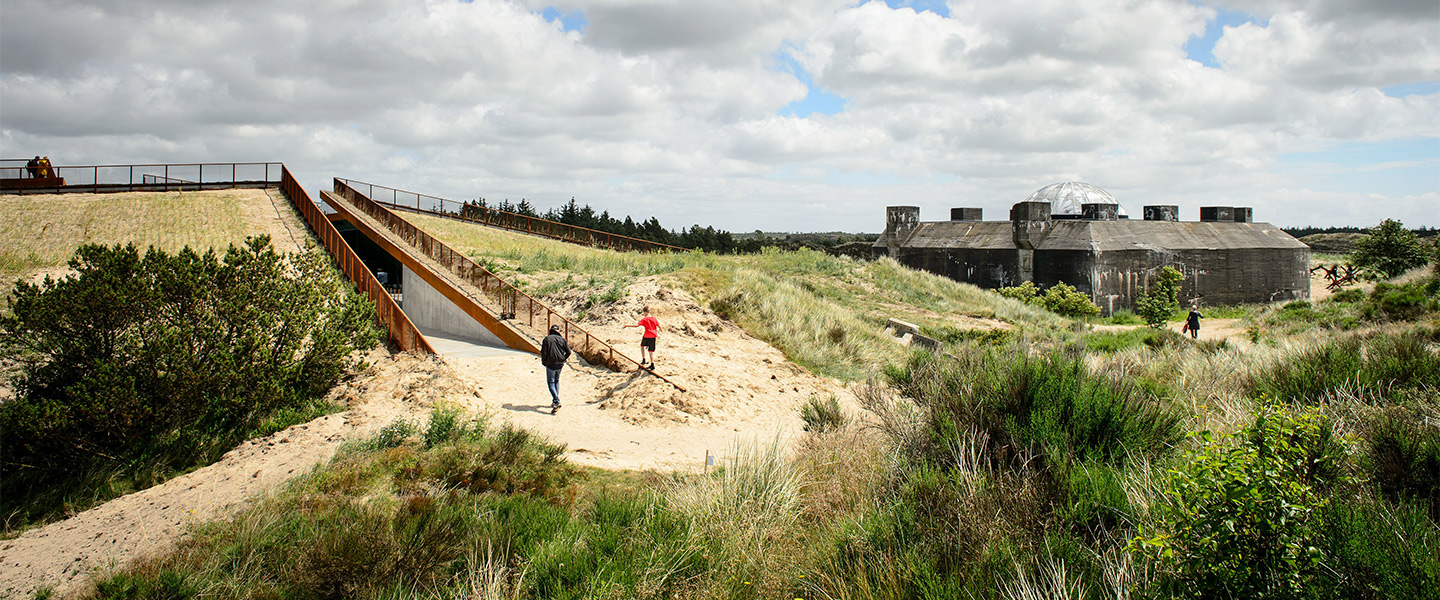
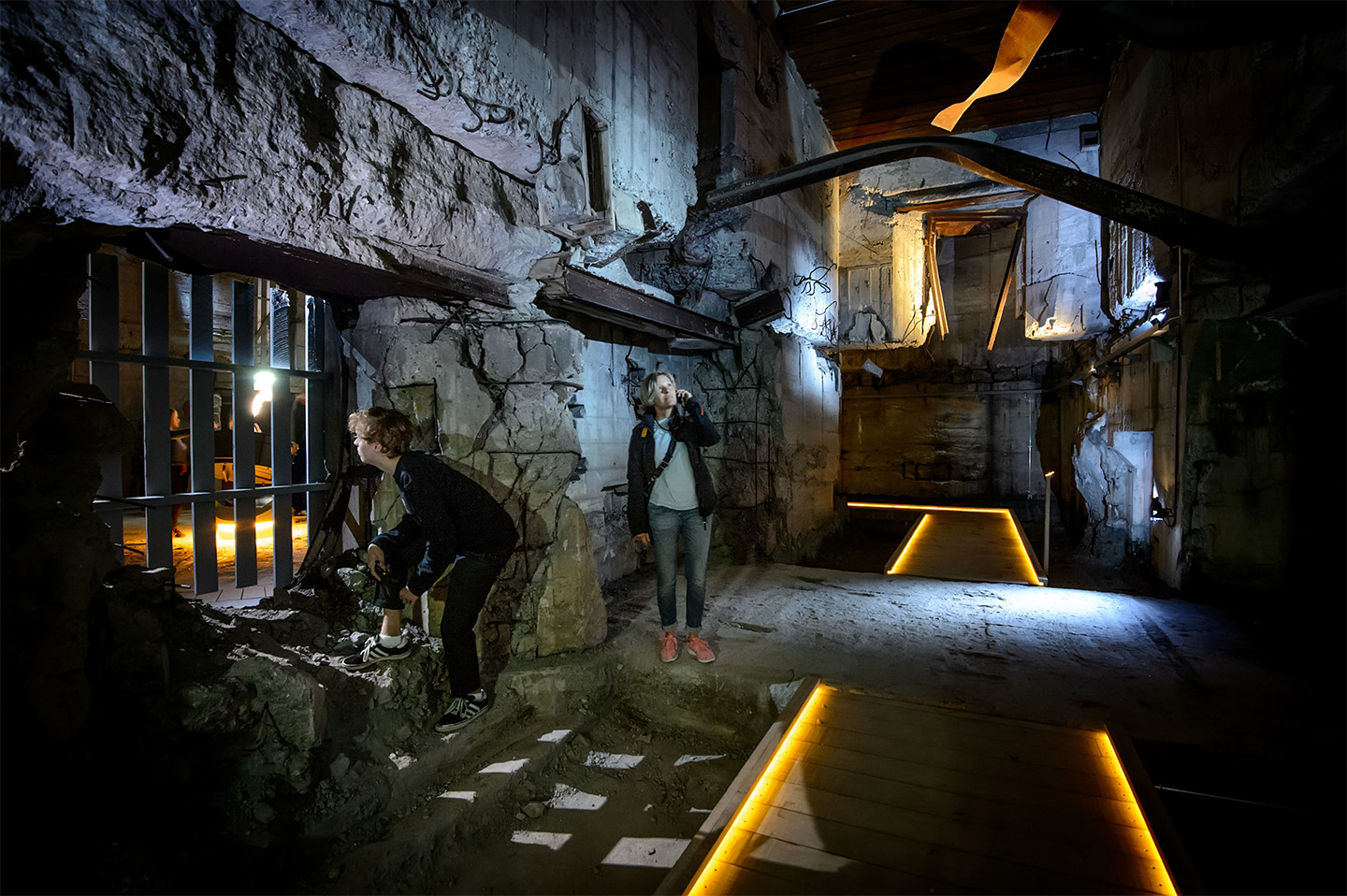
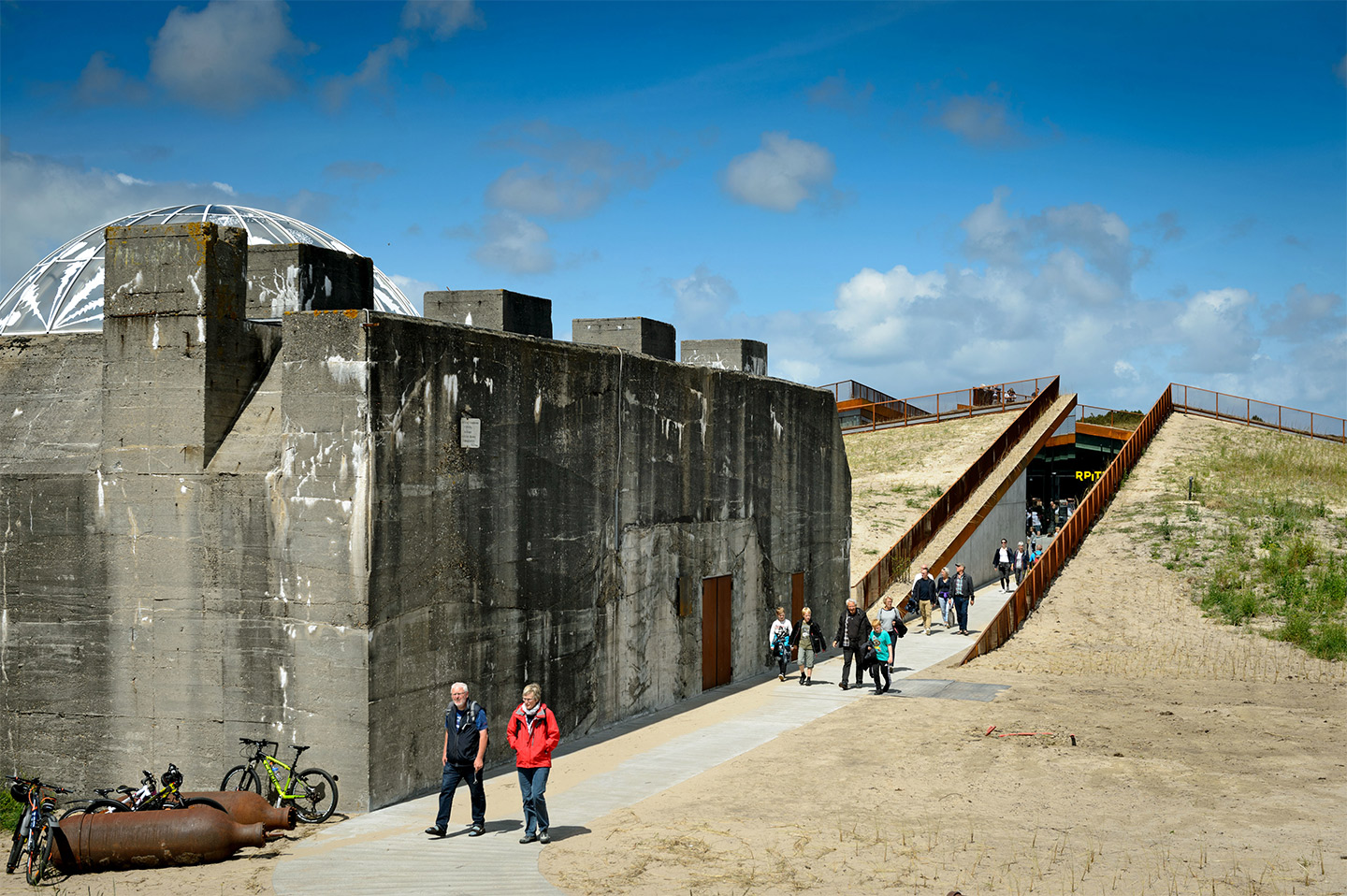
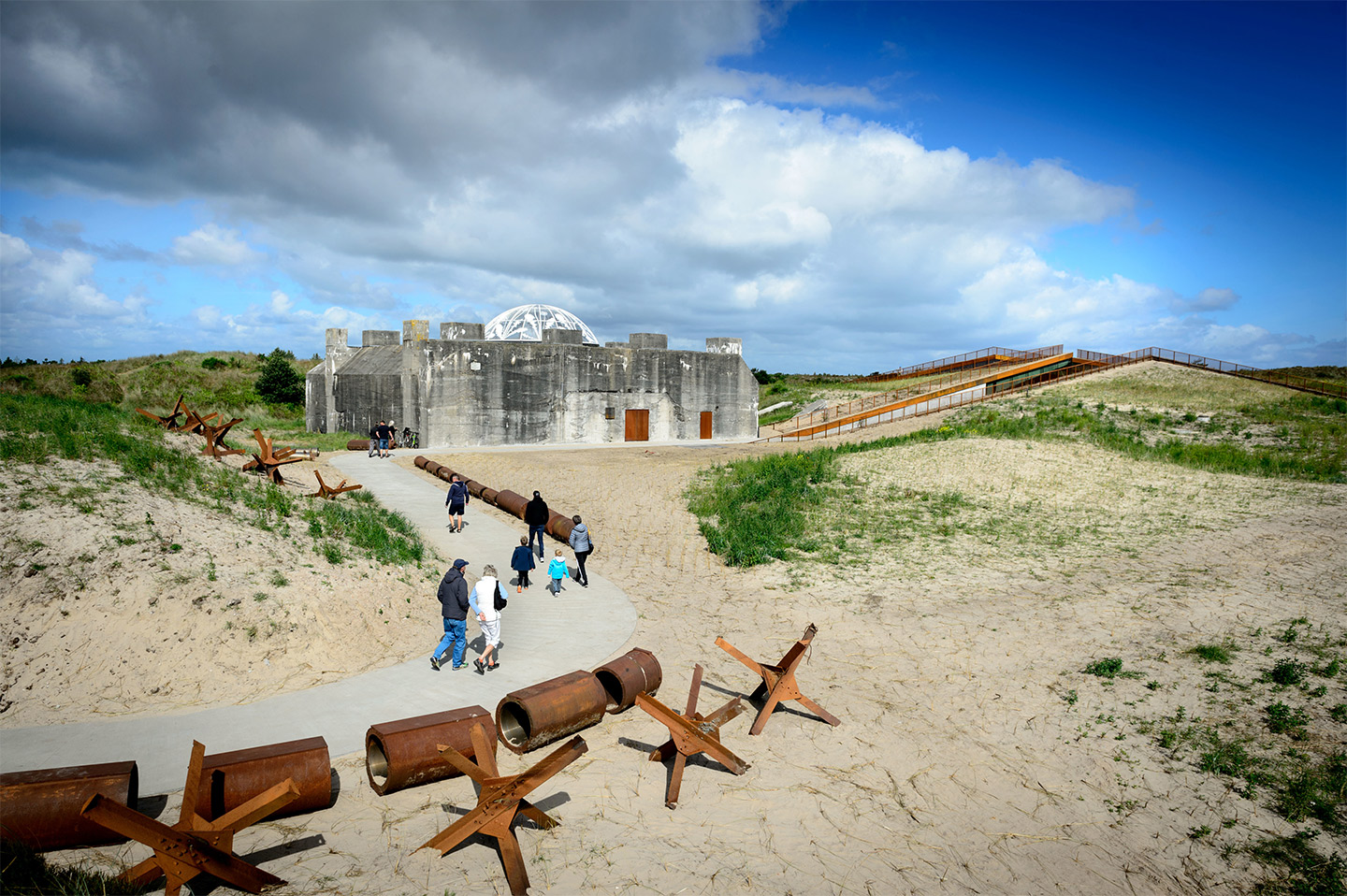

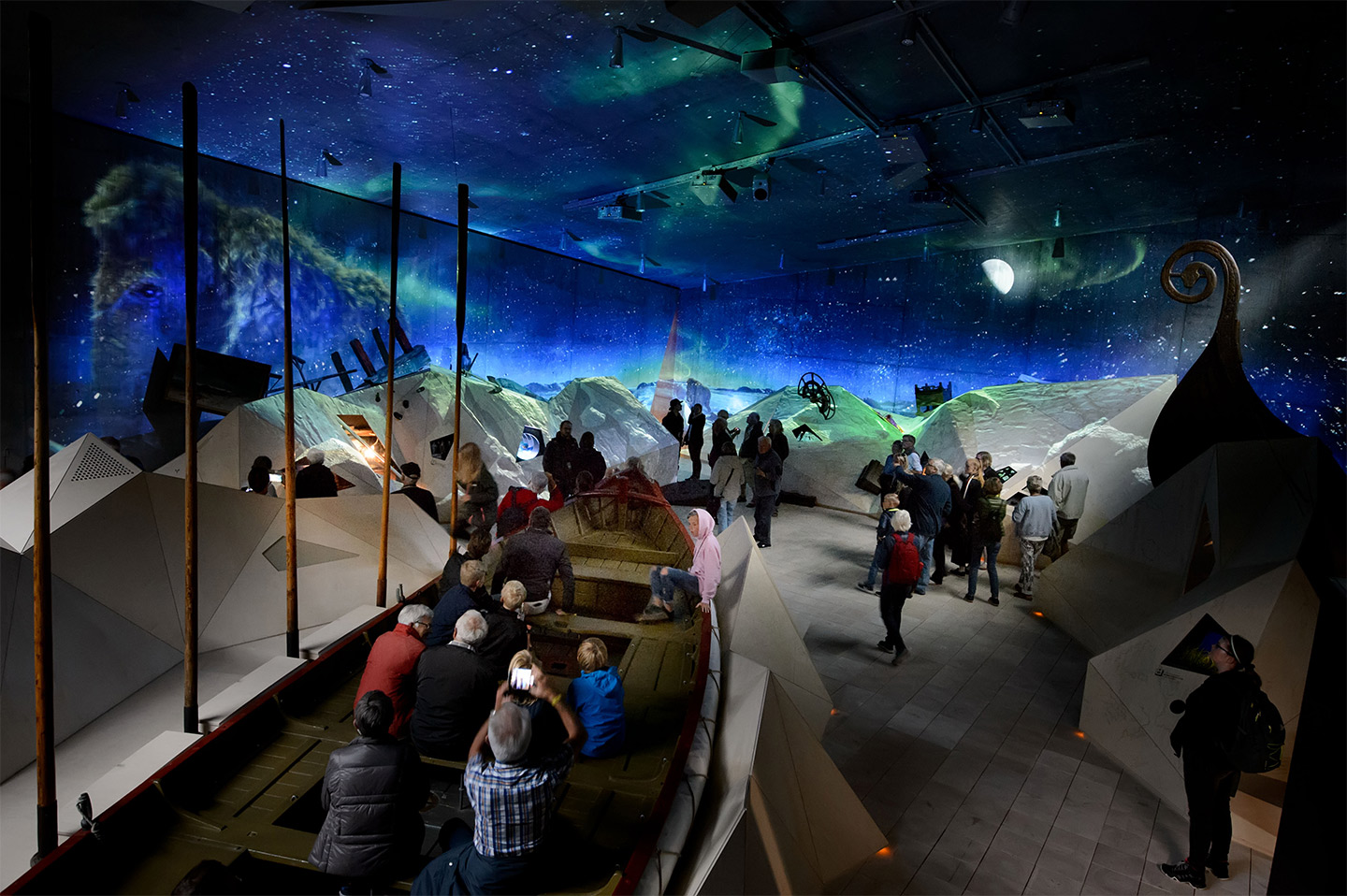
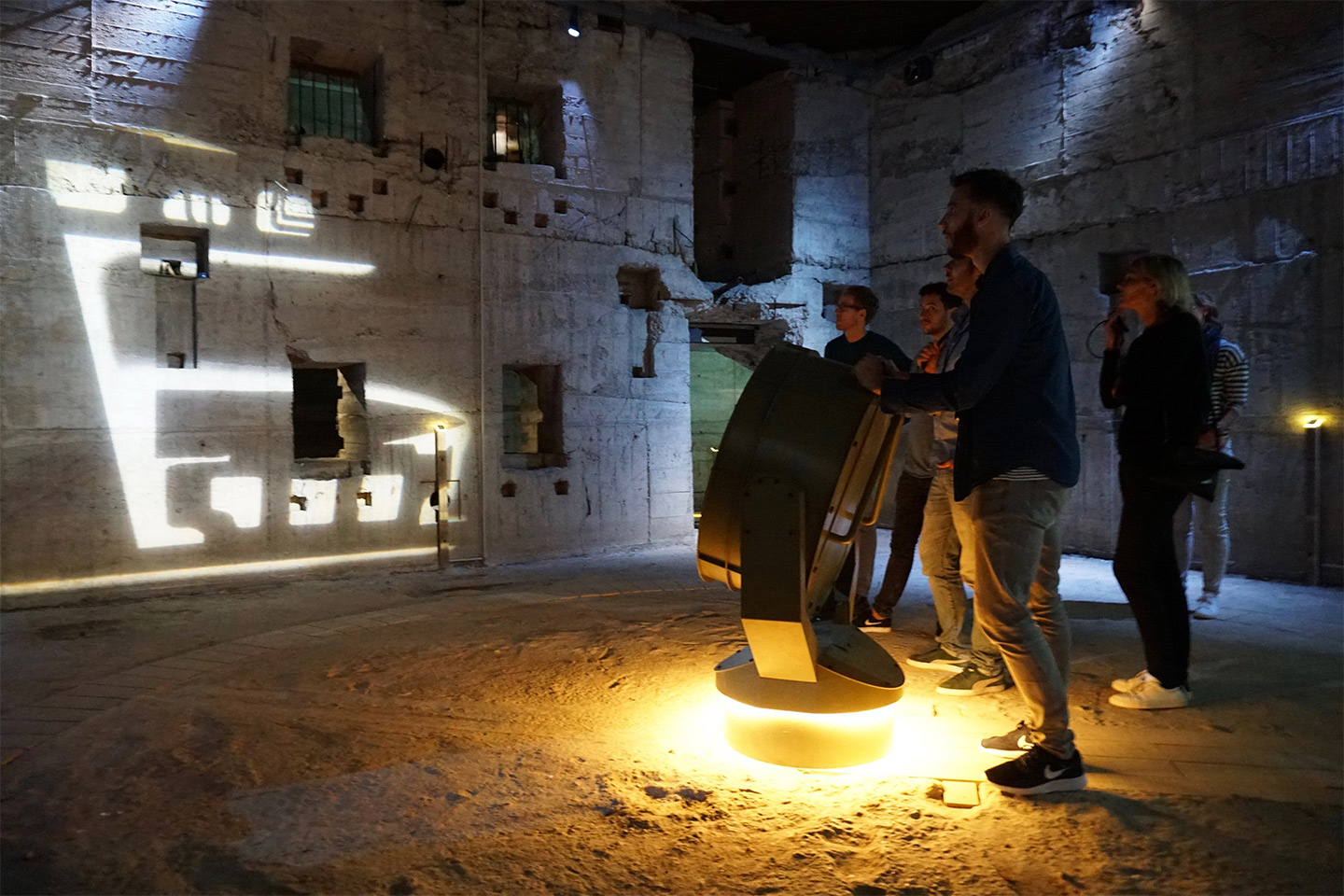
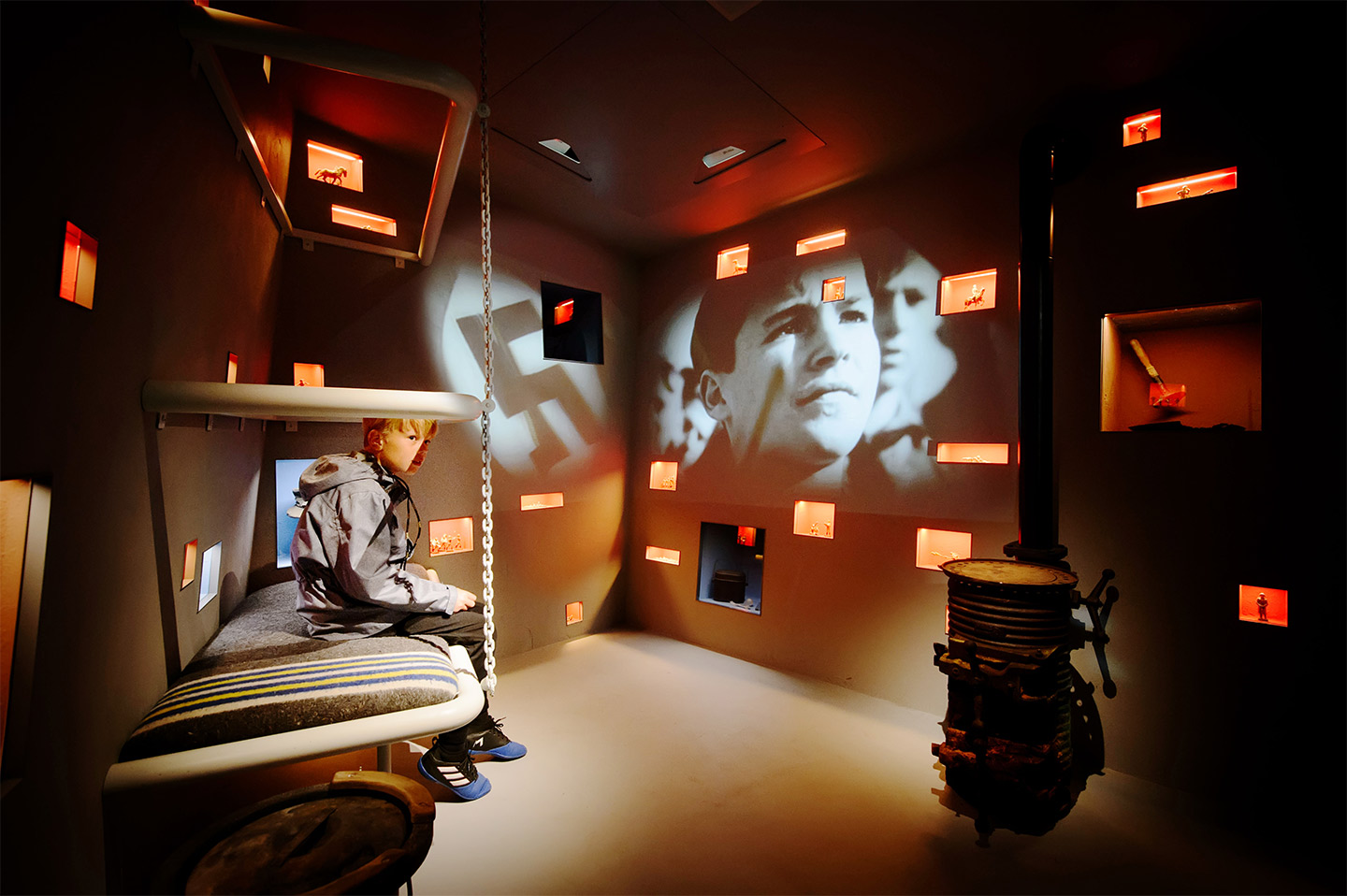

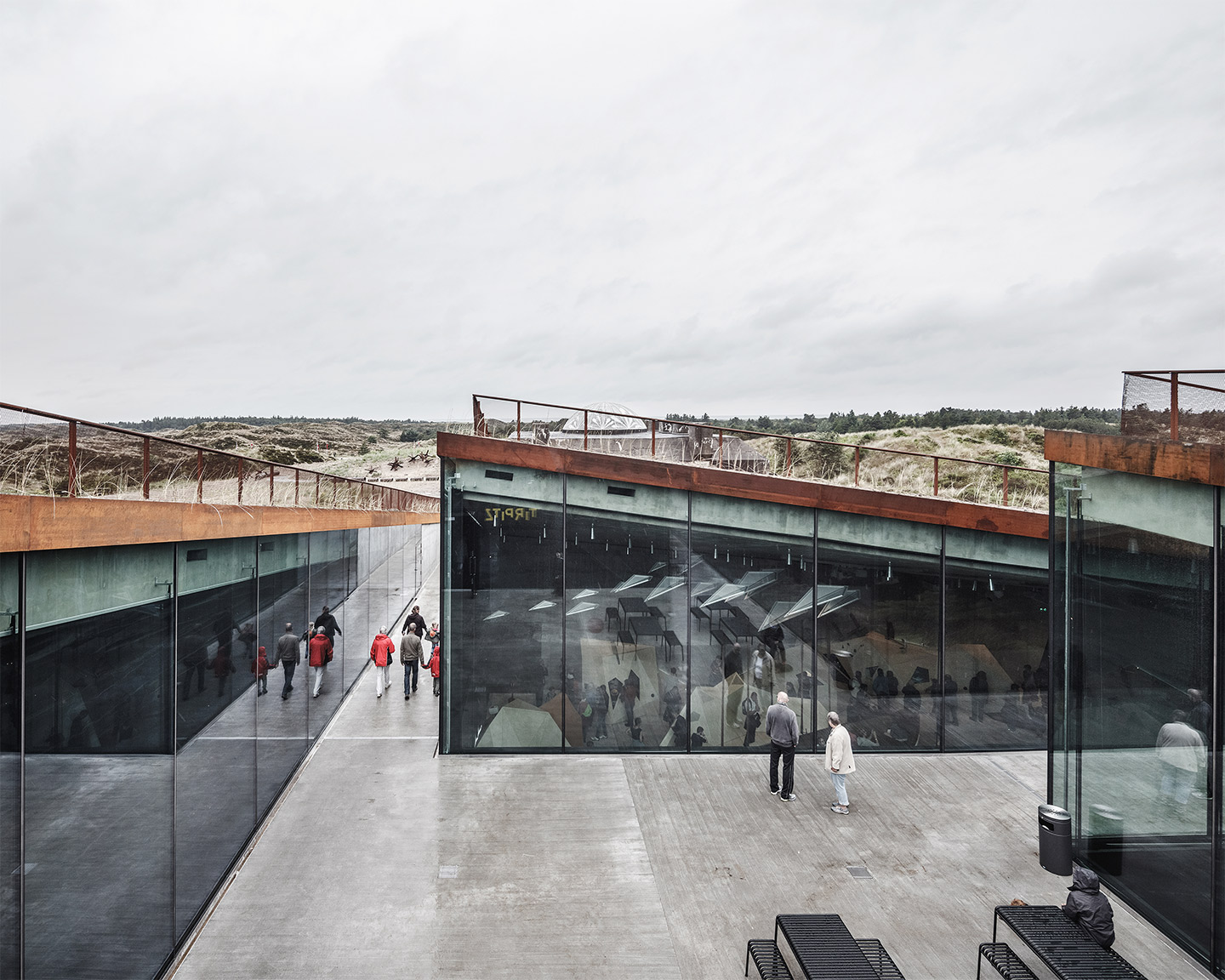
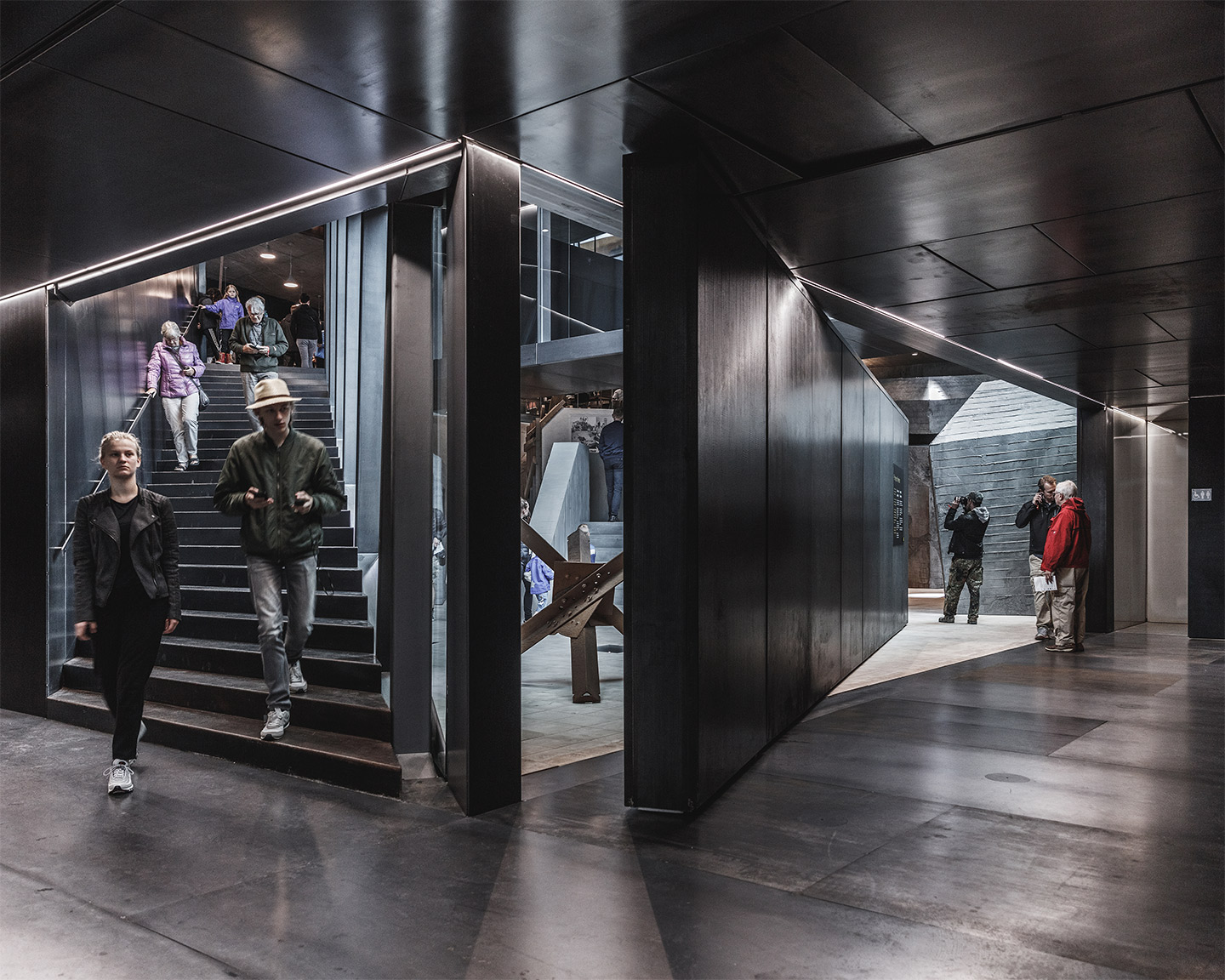
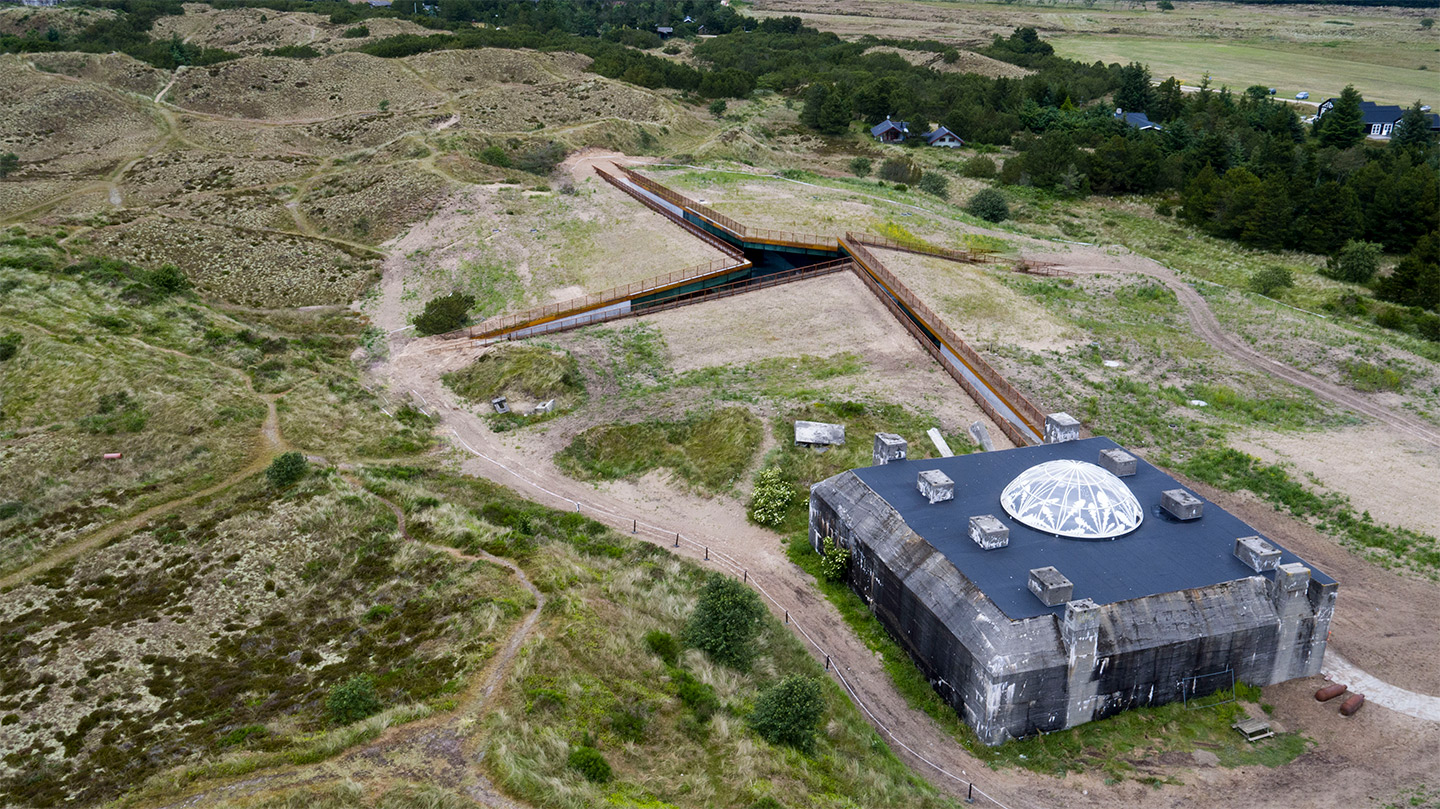

This article was featured in the InsideHook newsletter. Sign up now.



















